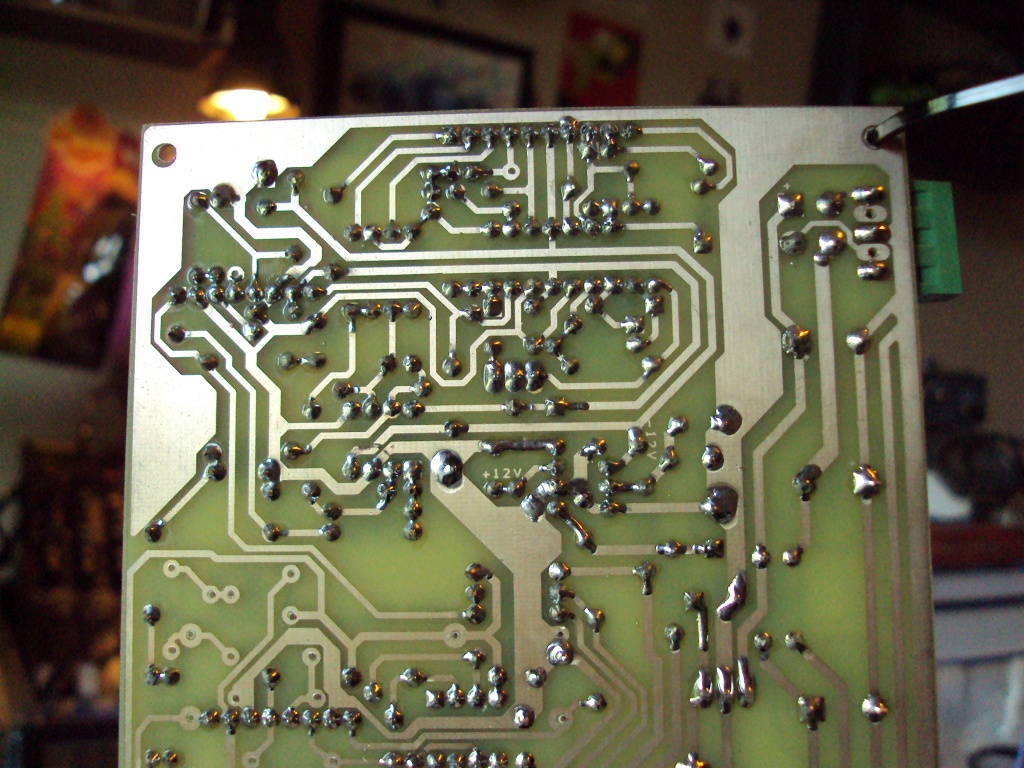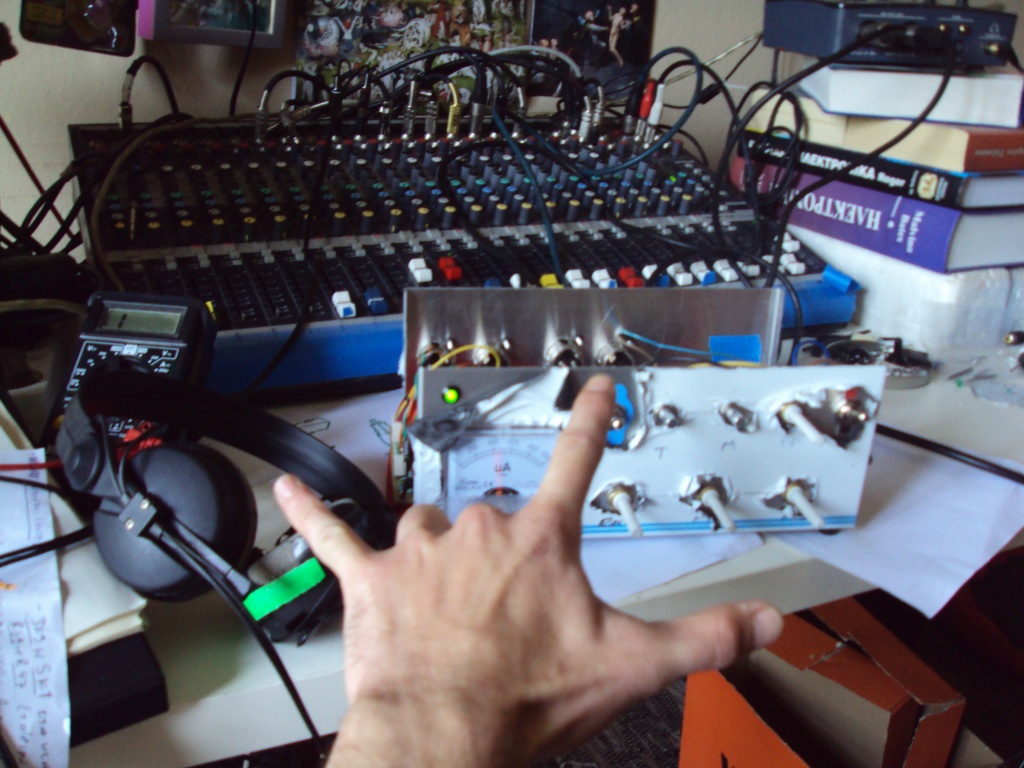Gustav said:cray said:you won't believe me but i have tried before with a new led.. and no light..
but now you tell me that..i tried again..yes i find there is light!!
Great, no more problems.
It was possibly a stupid suggestion to even check for the current - I was just reacting to the regulators getting hotter/now knowing what you put in there. Not sure if the extra 100mA draw should make a real difference to the regulators here, someone else will probably know.
If you were only using "half" of the VA rating on your trafo due to using just one side of a primary 115 (you still didnt enter your location, by the way), I would tell you to add the other side in parallel and try again, but if your troubles are gone, just be happy
Gustav
Gustav
Thanks Gustav
im based in Spain. 220v.
The thing is the regulators are hot..but not as to shutdown by overheat.
what about a a new trafo.? just a small one with a secondary +15v to feed the cnb board?
just need to connect in parallel with the other , but , that will add some hum? or just keeping apart of the ssl board is okay?
a newbie question. how i have to do to measure the current on the regs? don't want to damage nothing






































